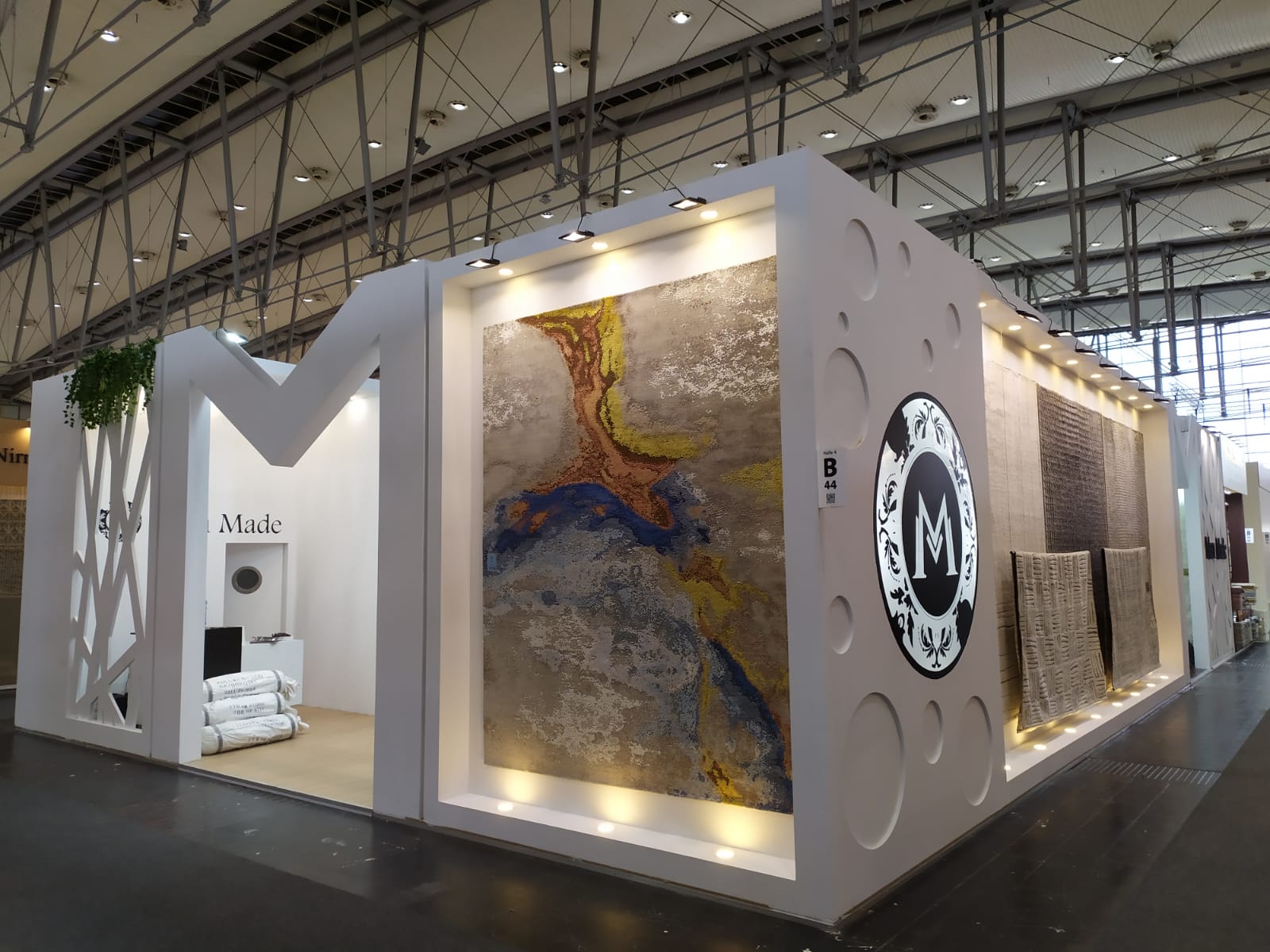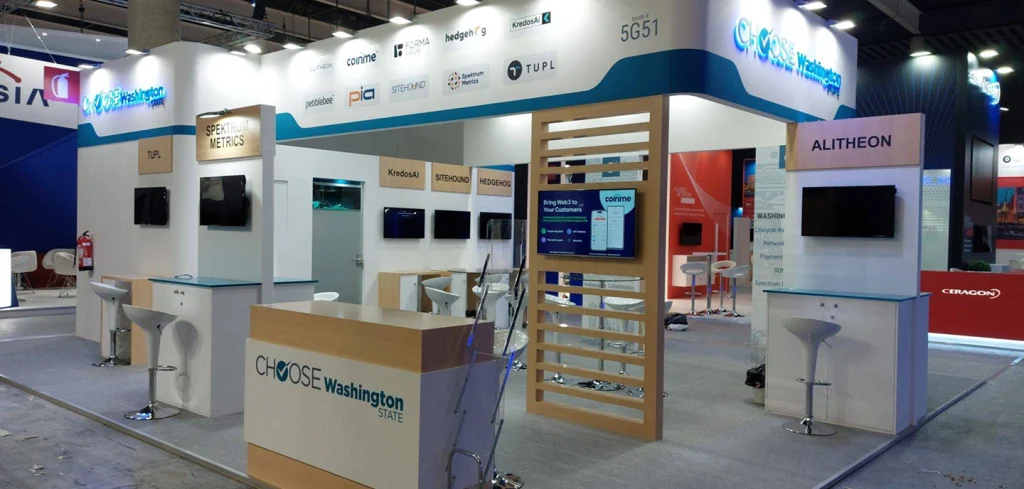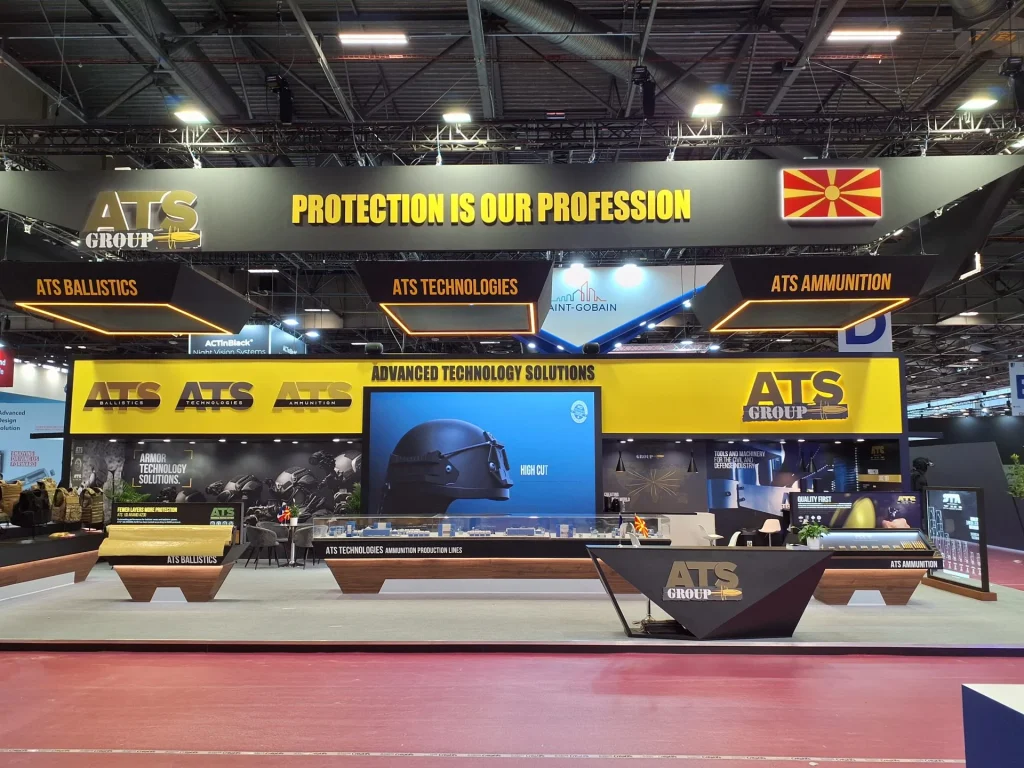
Introduction:
In the face of growing environmental concerns and the need for sustainable practices, the concept of a circular economy has gained significant traction. This approach aims to minimize waste and maximize resource efficiency by designing systems that are regenerative by nature.
Applying circular economy principles to trade show booth design can not only reduce environmental impact but also enhance the overall effectiveness and appeal of exhibits. This blog explores how integrating circular economy principles into booth design can create sustainable and impactful trade show experiences.
1. Understanding Circular Economy Principles:
Core Concepts: The circular economy is based on three key principles:
- Design Out Waste and Pollution: Create products and systems that prevent waste and pollution from the outset.
- Keep Products and Materials in Use: Extend the lifecycle of products and materials through reuse, repair, refurbishment, and recycling.
- Regenerate Natural Systems: Support and enhance natural systems by returning valuable nutrients to the environment.
Applying to Booth Design: In the context of trade show booth design, these principles translate into:
- Sustainable Materials: Using eco-friendly, recyclable, or biodegradable materials.
- Modular Design: Creating booths that can be easily reconfigured, reused, or repurposed.
- Resource Efficiency: Minimizing resource consumption and waste generation during design, construction, and dismantling.
2. Benefits of Circular Economy Principles in Booth Design:
Environmental Impact: Adopting circular economy principles significantly reduces the environmental footprint of trade show booths.
- Waste Reduction: Designing booths for disassembly and reuse minimizes waste sent to landfills.
- Lower Carbon Footprint: Using sustainable materials and efficient construction methods reduces carbon emissions.
Cost Savings: Circular economy practices can lead to considerable cost savings over time.
- Long-Term Use: Investing in durable, reusable materials reduces the need for frequent replacements.
- Efficient Resource Use: Optimizing material use and minimizing waste lowers overall costs.
Enhanced Brand Image: Companies that prioritize sustainability can enhance their brand reputation and appeal.
- Corporate Social Responsibility: Demonstrating a commitment to sustainability can attract eco-conscious clients and partners.
- Innovative Leadership: Leading in sustainable practices positions a brand as forward-thinking and innovative.
3. Strategies for Implementing Circular Economy Principles in Booth Design:
Sustainable Material Selection:
Eco-Friendly Materials: Choose materials that have a lower environmental impact.
- Recycled Content: Use materials made from recycled content, such as recycled aluminum, plastics, and fabrics.
- Biodegradable Options: Incorporate biodegradable materials like bamboo, cork, and cardboard.
Non-Toxic and Safe: Ensure materials are non-toxic and safe for both the environment and booth visitors.
- Low VOC: Use paints and finishes with low volatile organic compounds (VOCs) to improve indoor air quality.
- Certifications: Look for certifications such as FSC (Forest Stewardship Council) for wood products and Cradle to Cradle for various materials.
Modular and Flexible Design:
Reconfigurable Structures: Design booths that can be easily reconfigured for different shows and layouts.
- Modular Components: Use modular components that can be assembled, disassembled, and rearranged as needed.
- Standardized Parts: Employ standardized parts that can be used interchangeably across different booth designs.
Multi-Purpose Elements: Incorporate elements that serve multiple functions to maximize utility.
- Convertible Furniture: Use furniture that can be adjusted or converted to serve different purposes, such as seating that doubles as storage.
- Adaptive Displays: Design displays that can be adapted to showcase different products or messages.
Lifecycle Management:
Design for Disassembly: Create booths that can be easily disassembled and reassembled without damage.
- Simple Connections: Use simple, intuitive connections like snap fittings or screws instead of adhesives.
- Clear Instructions: Provide clear instructions for assembly and disassembly to ensure longevity and ease of use.
End-of-Life Considerations: Plan for the end of the booth’s lifecycle from the beginning.
- Recyclability: Ensure that all materials can be easily recycled or composted.
- Take-Back Programs: Implement take-back programs to reclaim and recycle booth materials after use.
4. Steps to Implement Circular Economy Principles:
Assess Current Practices: Evaluate your current booth design and materials to identify areas for improvement.
- Material Audit: Conduct an audit of materials used in your booth design to assess their environmental impact.
- Waste Analysis: Analyze the waste generated from previous booth setups to identify reduction opportunities.
Set Sustainability Goals: Establish clear sustainability goals and objectives for your booth design.
- Measurable Targets: Set measurable targets such as reducing waste by a certain percentage or increasing the use of recycled materials.
- Stakeholder Engagement: Involve stakeholders in setting and achieving sustainability goals.
Collaborate with Experts: Work with designers, architects, and sustainability experts to develop innovative booth solutions.
- Design Partnerships: Partner with design firms specializing in sustainable and modular design.
- Material Suppliers: Collaborate with suppliers to source sustainable and certified materials.
Monitor and Improve: Continuously monitor the performance of your booth design and make improvements as needed.
- Feedback Loop: Collect feedback from staff and visitors to identify areas for improvement.
- Sustainability Metrics: Track sustainability metrics to measure the impact of your initiatives and make data-driven decisions.
Conclusion:
Integrating circular economy principles into trade show booth design is not only an environmentally responsible choice but also a strategic one that can enhance brand reputation, reduce costs, and create impactful experiences.
By focusing on sustainable materials, modular design, and lifecycle management, businesses can build booths that are both visually stunning and environmentally friendly. Embracing these principles helps to ensure that trade shows remain vibrant and dynamic, while also contributing to a more sustainable future.


 Global
Global USA
USA

